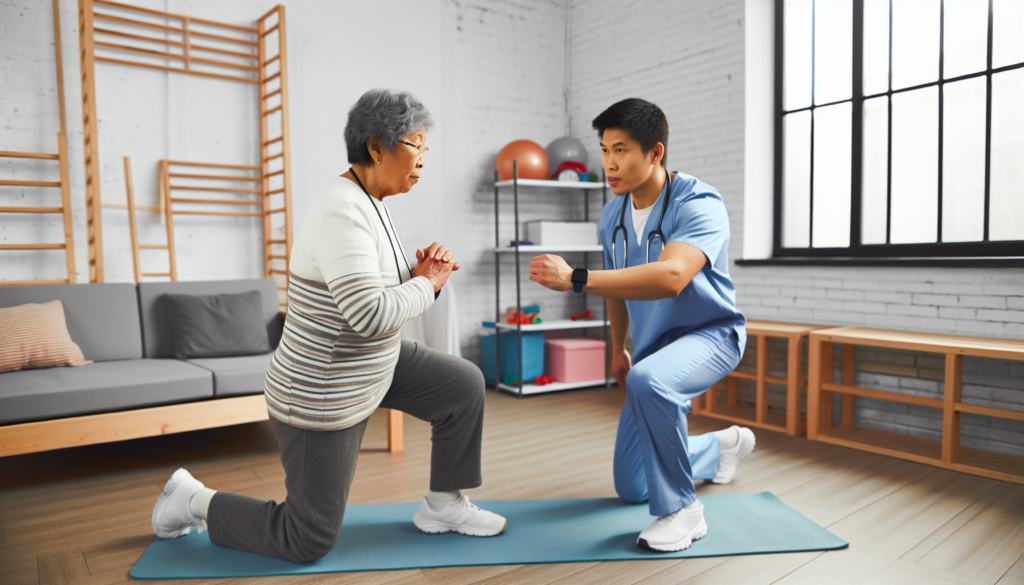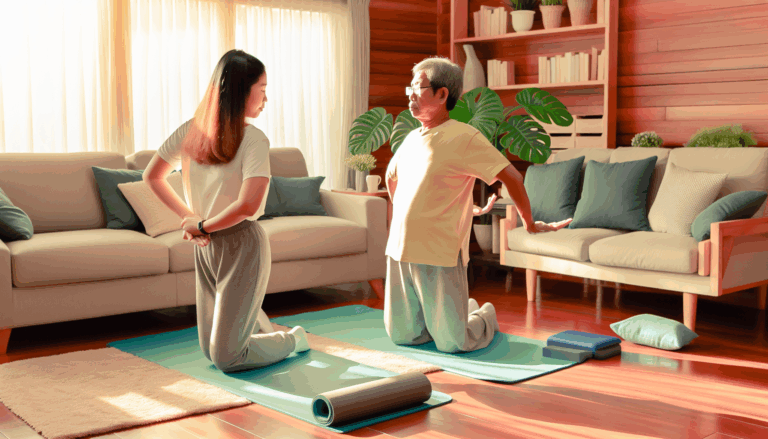Integrating Physical Activity into Home Health Care: A Guide for Patients and Caregivers
Staying physically active is an essential part of managing health conditions and maintaining overall wellness. This is especially true for individuals receiving home health care. Unfortunately, it can often seem daunting to integrate regular physical activity into a home health care routine, especially in cases where mobility may be restricted due to illness or injury. However, with a few practical strategies and an understanding of safe exercise practices, it’s possible to lead an active lifestyle in the comfort of your own home.
The Benefits of Physical Activity in Home Health Care
Physical activity is a powerful tool that can assist with the management of chronic conditions, aid in recovery from illness or surgery, and improve overall quality of life. Regular exercise can enhance cardiovascular health, boost mood, improve sleep quality, and reduce the risk of falls by strengthening muscles and improving balance.
Creating a Tailored Exercise Plan
Before starting any new exercise regime, it is paramount to consult with a healthcare professional or physical therapist. They can help develop a customized workout plan, taking into account your current health status, medical history, functional abilities, and personal goals. This will ensure that activities are safe, effective, and tailored to individual needs.
Safe and Effective Exercises to Consider
1. Range-of-Motion Exercises
Range-of-motion exercises are designed to maintain normal joint function, increase flexibility, and alleviate stiffness. Simple movements like arm lifts or ankle rolls can go a long way toward maintaining joint health.
2. Strength Training
Strength training exercises, such as lifting light weights or using resistance bands, can improve muscle strength, support joint health, and boost overall stamina. As a result, these exercises can help with daily activities like carrying groceries or climbing stairs.
3. Balance and Coordination Exercises
Balance exercises, such as leg lifts, heel-to-toe walks, or yoga poses, can reduce the risk of falls by enhancing stability and coordination. These exercises can be done with the support of a sturdy chair or against a wall to ensure safety.
Remember to Prioritize Safety
Safety must always be a priority when integrating physical activity into a home health care routine. Keep the workout area clear of obstacles and have a trusted person nearby if needed. Always listen to your body and stop exercising immediately if you experience any pain or discomfort.
Wrapping Up
From managing chronic conditions and aiding in recovery, to maintaining joint health and reducing the risk of falls, regular physical activity offers a plethora of health benefits for individuals receiving home health care. Whether you are a patient, caregiver, or health enthusiast, we hope this article inspires and equips you to incorporate more movement into your daily routine for a happier, healthier home health care journey.



